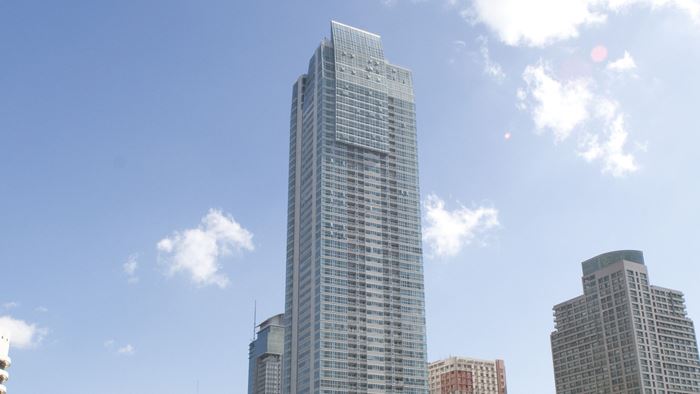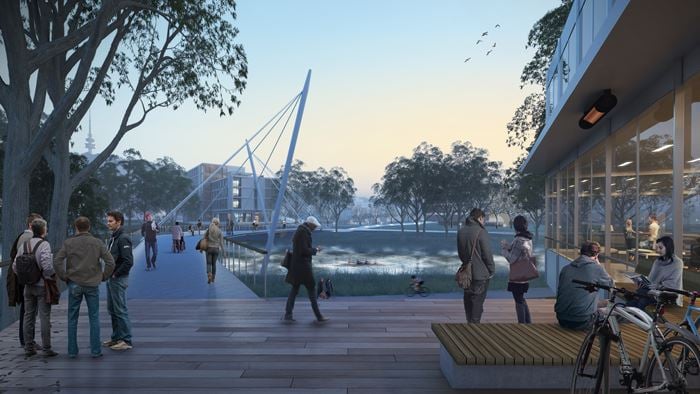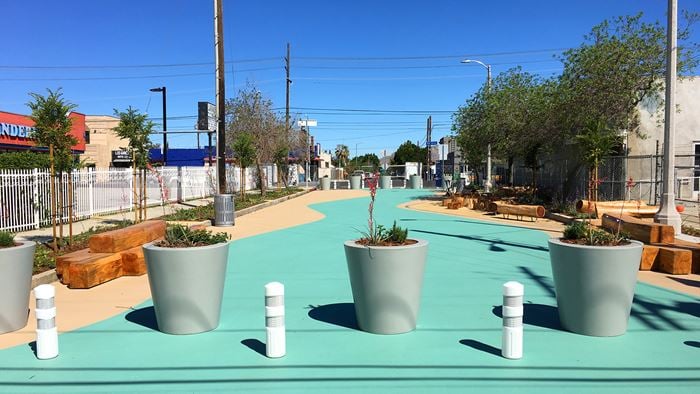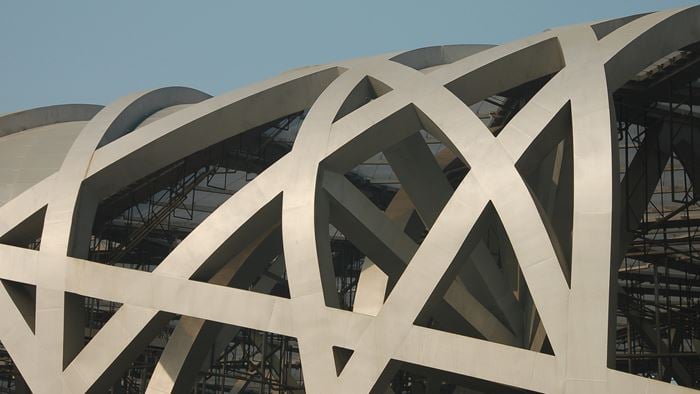If San Francisco were to experience a repeat of its devastating 1906 earthquake, modern building codes should prevent extensive loss of life. But although buildings might not collapse, they could still be rendered useless for years, severely disrupting the life of the city. This is why we need to adopt resilience-based design.
Seismic building codes are based on ductility – how much you can deform a building before it collapses – and focuses on saving lives. Resilience-based design, on the other hand, seeks to keep people safe and ensure that buildings (and all the components and contents within the building) sustain less damage, enabling communities to recover quickly.
You only have to look at the experience of Christchurch to see why we need to adopt resilience-based design. As Andrew Wisdom said in his Thought post, the quake made the city centre uninhabitable. Rebuilding is only just starting, more than three years after the earthquake, and it looks as though recovery could easily take a decade or more.
I think this is what the average citizen doesn’t realise. Building codes reassure people they will be safe if an earthquake strikes, but in doing so they offer a false sense of security about what life will be like once the shaking stops. I don’t think many people realise that a building that meets the latest seismic codes may still be unusable after an earthquake.
So designing buildings to be minimally damaged by using innovative structural technologies (such as base isolation) to reduce earthquake demands and enhanced architectural detailing, could save a lot of heartache, disruption and expense. Arup’s research has shown that the cost of repairing code-designed buildings following an earthquake is typically 20-25% of their value. And can you imagine surviving a major earthquake only to find your home uninhabitable and your business disrupted for years?
It’s almost unthinkable. That’s why Arup has developed a guideline to implement resilience-based earthquake design through a new rating system with support from multi-disciplinary design professionals and other stakeholders.
The highest level (Platinum) of our Resilience-based Earthquake Design Initiative (REDi) Rating System would see buildings designed so they could be re-occupied immediately. They would be functioning normally again within 72 hours and repairs would cost less than 2.5% of the building’s value.
Of course, such a high level of resilience comes at a price – but it’s not a significant one. We’ve established that stepping up from a conventional design to a REDi Gold rating (which corresponds to functionality within 30 days), adds less than 5% to construction costs.
Incentives could offset the small cost premium and encourage owners to adopt resilience-based design. Maybe cities or governments could offer flexibility in zoning requirements or insurance companies could offer lower premiums for buildings designed to be resilient. Or would a REDi Platinum rating attract higher rents?
This will not happen overnight, but if we can replace our dilapidated building stock with resilient buildings (and infrastructure) over the course of a generation, we can ensure that San Francisco not only survives, but thrives after a major earthquake.
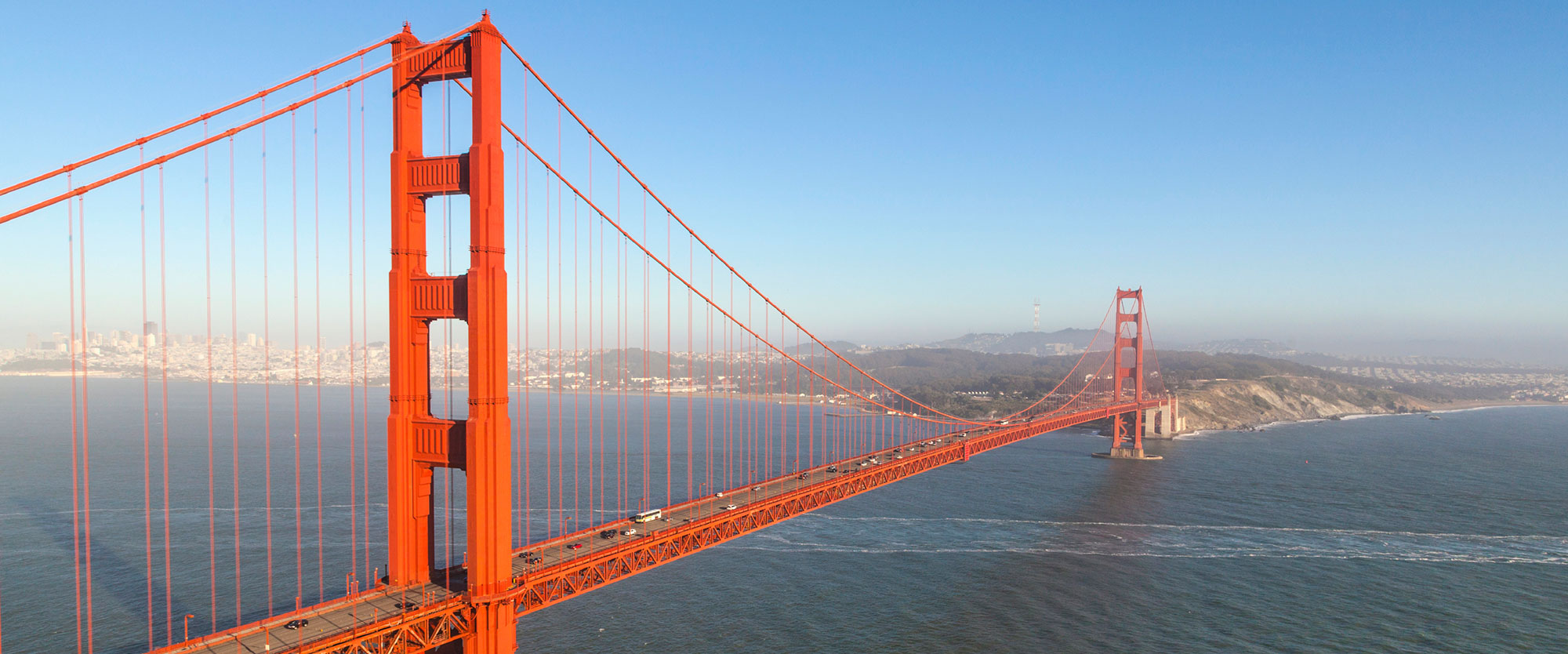 ;
;

